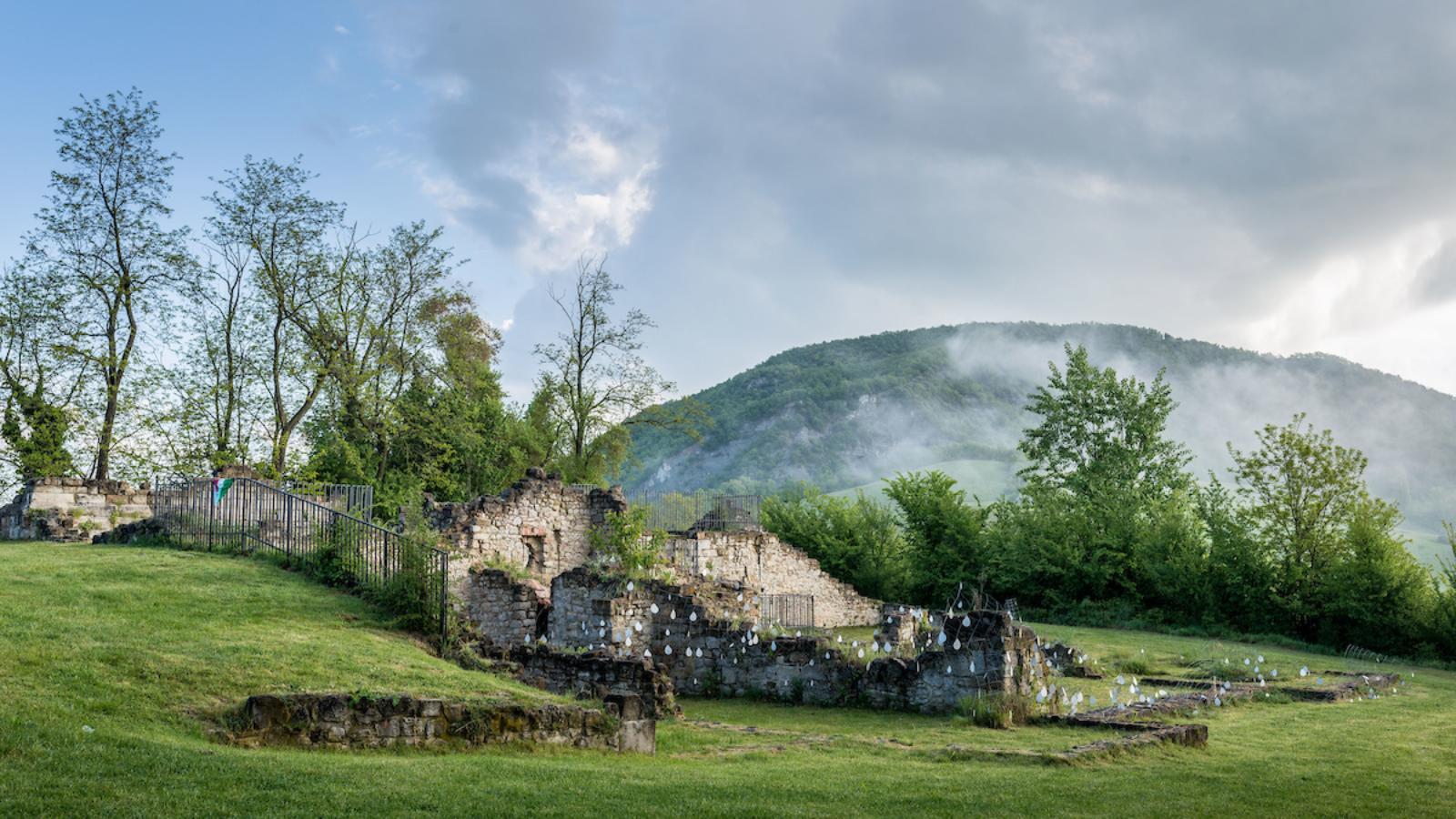The Gothic Line was a defensive structure built by the German army towards the end of World War II in order to counter the advance of the Allies coming from the south. The defensive line bisected Italy just below the Po Valley, roughly from Massa to Pesaro, and consisted of fortifications, trenches and minefields that filled the ridges of the Apennines.
The route of the Gothic Line can be walked as a trek, a path through the History and memory of our country. The area of the Bolognese Apennines was the scene of violent clashes between German soldiers, allies and partisans, which have left marks that are still visible today. Among the most important places we pass through while walking along the Gothic Line we must mention Monte Sole, which between late September and early October 1944 witnessed a brutal massacre at the hands of the Nazis, who also razed to the ground the village, the ruins of which can be visited today. Mount Belvedere (within the Corno alle Scale Regional Park) and the area between Gaggio Montano and Pietracolora also hosted clashes and battles, in particular here the 10th Mountain Division (American soldiers) and the FEB (Brazilian soldiers) operated against the German army, remembered by a monument in Gaggio itself. The walk will also lead you to Castel d'Aiano, Torre Jussi and the Spe mountain, where trenches are still visible.
The path can be interspersed with visits to the many museums dedicated to the Gothic Line and World War II along the route, such as the Winter Line museum in Livergnano, the multimedia model in Castel d'Aiano, and the widespread museum system in Montese, which also includes the museum in Iola.
Embarking on the journey of the Gothic Line means keeping memory alive and increasing one's awareness of a historical period that was unfortunately tragic for our country, but that is not to be forgotten.


